Water Source Heat Pump System Diagram
Water source heat pump system diagram. Total Pump Head 426 ft 240 gpm. A residential heat pump can switch the flow of the refrigerant so that the superheated compressed gas flows to the indoor unit to heat the space. The system is comprised of highly efficient packaged reverse cycle heat.
Savings comparison of water-source compared to other major types of HVAC systems. Any heat pump is more critical of proper refrigerant charge and an adequate duct system than a cooling only air conditioning unit. Water Source Heat Pump Design Manual - YouTube.
Water source heat pumps are a sustainable renewable energy solution that uses static or flowing water source as the heat source and extract that heat for use inside buildings normally as space heating. The water loop is piped through a building and each Heat Pump is connected individually. Figure 3 Schematic diagram of air to water heat pump Water source heat pumps Water source heat pumps as the term implies obtain and relinquish heat from a water source.
The system consists of a standard outdoor unit that is installed outside a home and is used to draw warm air in. Install shut-offbalancing valves and unions at each unit to permit unit removal for servicing. Place strainers at the inlet of each system circulating pump.
Boilers are used in BoilerTower systems to maintain the loop temperature above the minimum setpoint. Closed and Open Loops There are two basic types of loops. For the purpose of.
A water-source heat pump provides heating to each zone within a building. Water source heat pumps use water as the heat source when the system is operating in the heating mode. The compressor starts 4.
Note particularly any tags andor. Can you give me some examples of a water source heat pump.
This diagram below illustrates the installation process of an air source heat pump.
For the purpose of. Simple in design a WSHP rejects heat in the cooling cycle through a Cooling Tower loop. These instructions and any instructions packaged with any separate equipment required to make up the entire heat pump system should be carefully read before beginning the installation. Water for closed-loop heat pumps is usually circulated at 225 to 300 gpm per ton of unit cooling capacity. Any heat pump is more critical of proper refrigerant charge and an adequate duct system than a cooling only air conditioning unit. Advantages of water-source heat pumps. Energy from water Groundwater temperature is usually between 8C to 12C and is particularly suitable for use with hydrothermal heat pumps. In this case heat from the outside air is used to heat the water in a swimming pool. For WSHPs since the heat is transferred via a heat exchanger into a pipe that is carrying water the operation is quieter and the system footprint is smaller since water is more efficient at carrying away heat than air.
Another example of an air-to-water heat pump system would be a pool heater. Hoses may vary in length by 2 to -4 under pressure. One of the most efficient and reliable HVAC systems for your building is a Water Source Heat Pump WSHP. The water flow to the heat pump condenser is activated 3. Typically a river canal or lakes can be used although wells and the sea can also be used as the heat source. Dedicated water-to-water heat pumps may also be connected to the loop to meet building water heating needs. A water source heat pump extracts heat from the water when in the heating mode and rejects heat to the water when in the cooling mode.



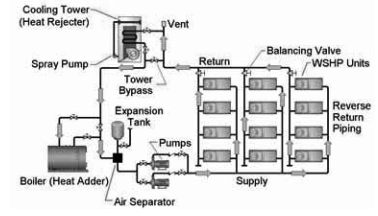

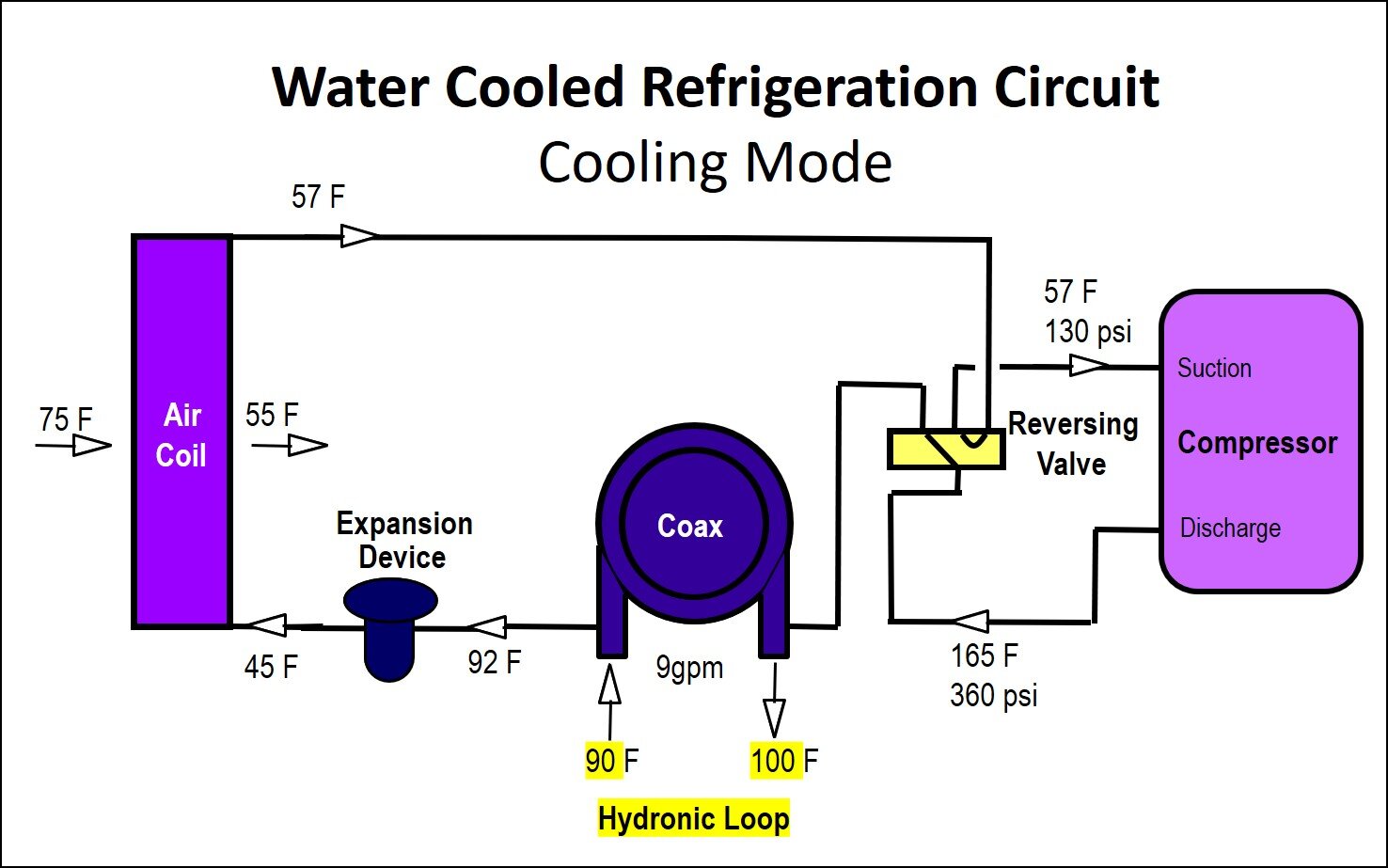


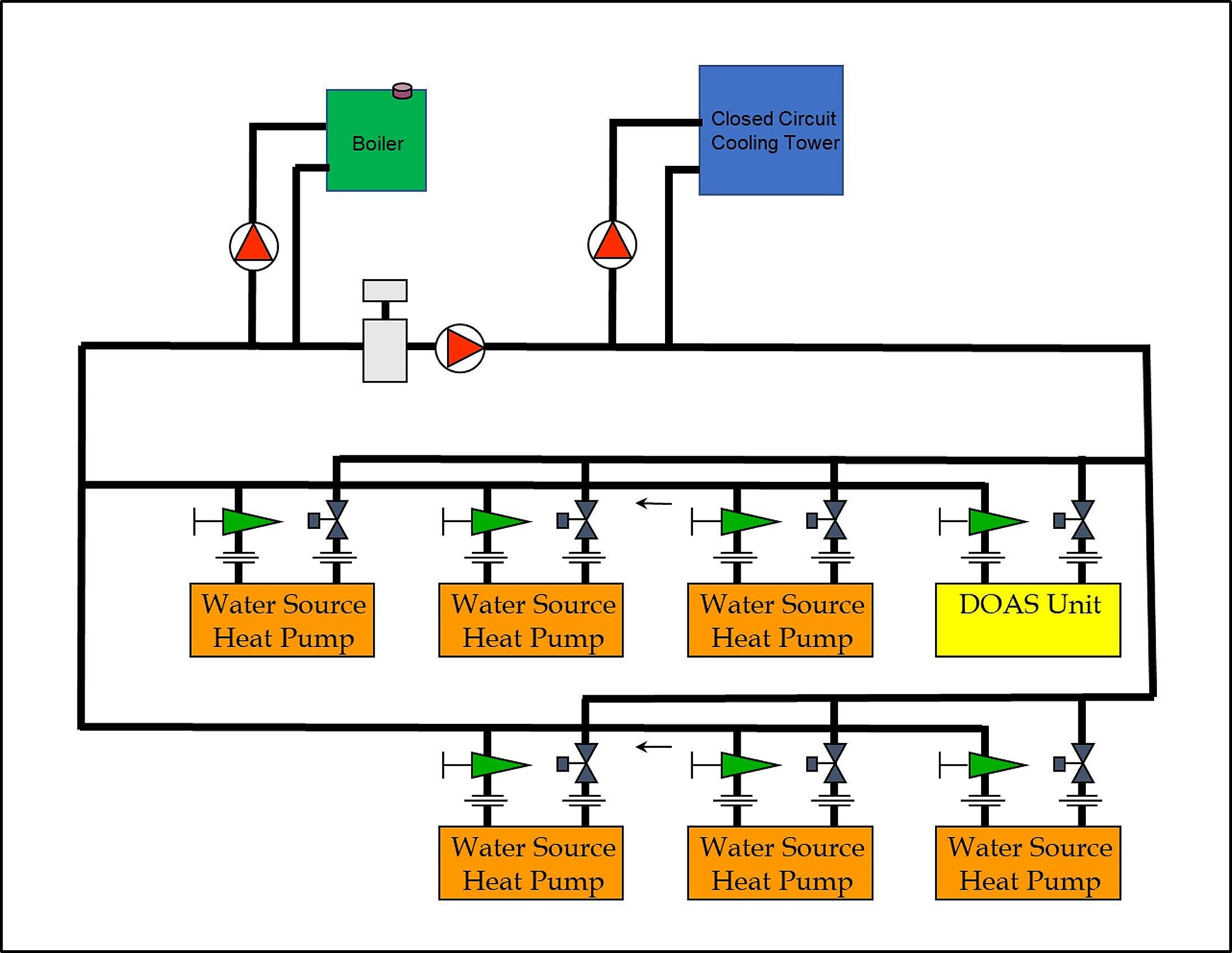
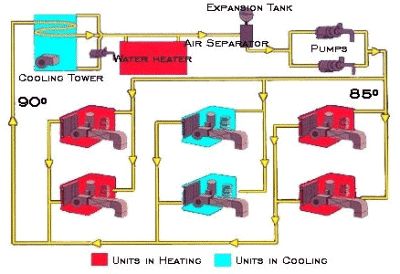

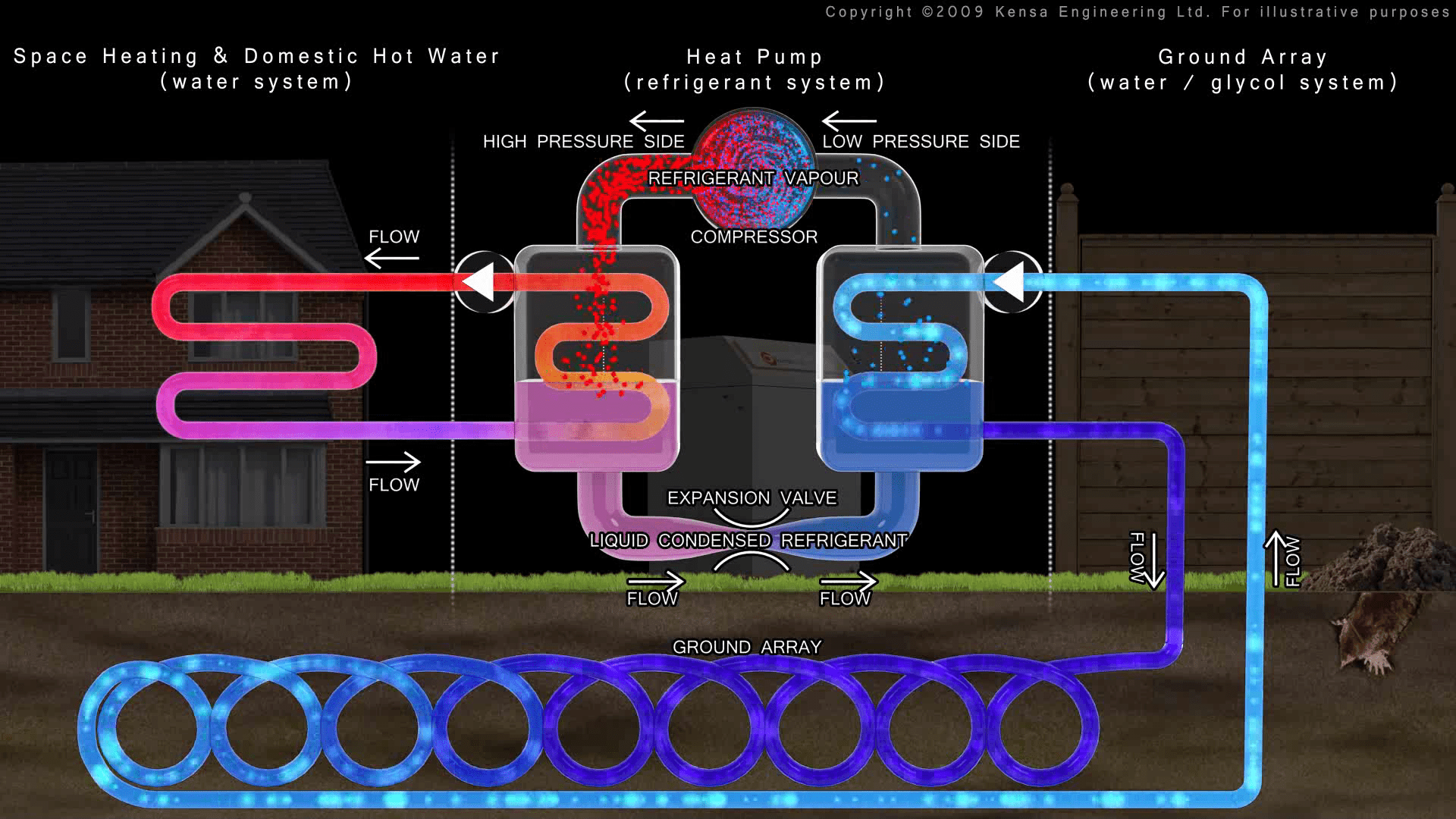


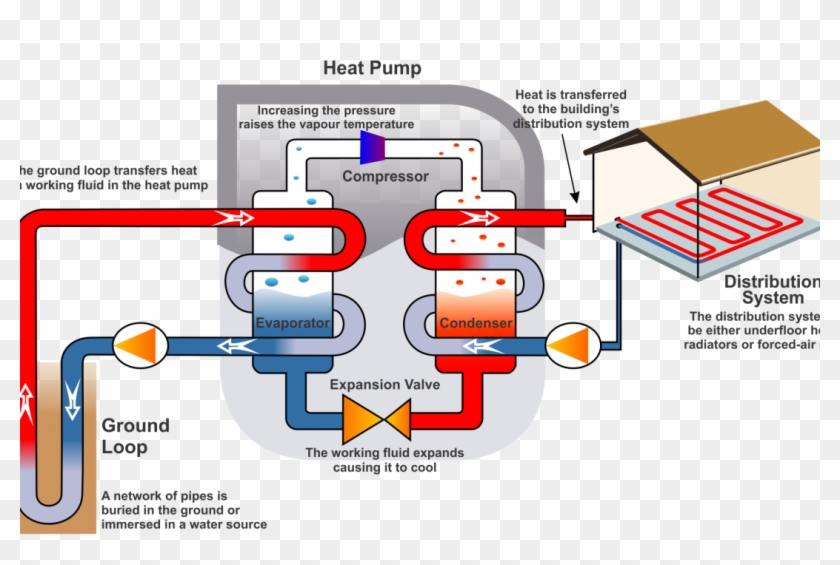
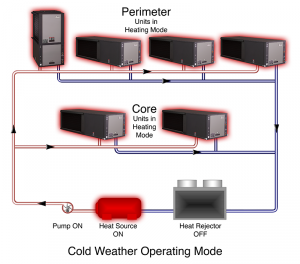
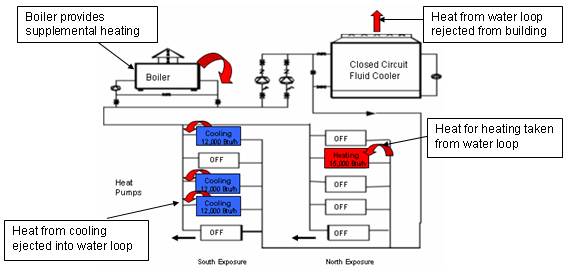


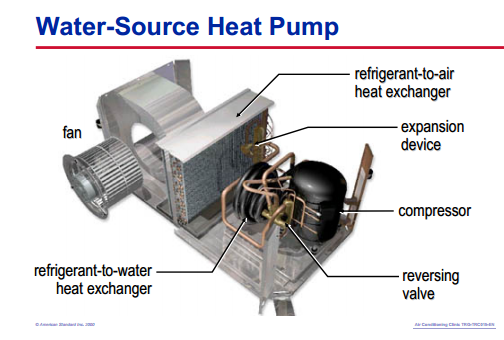
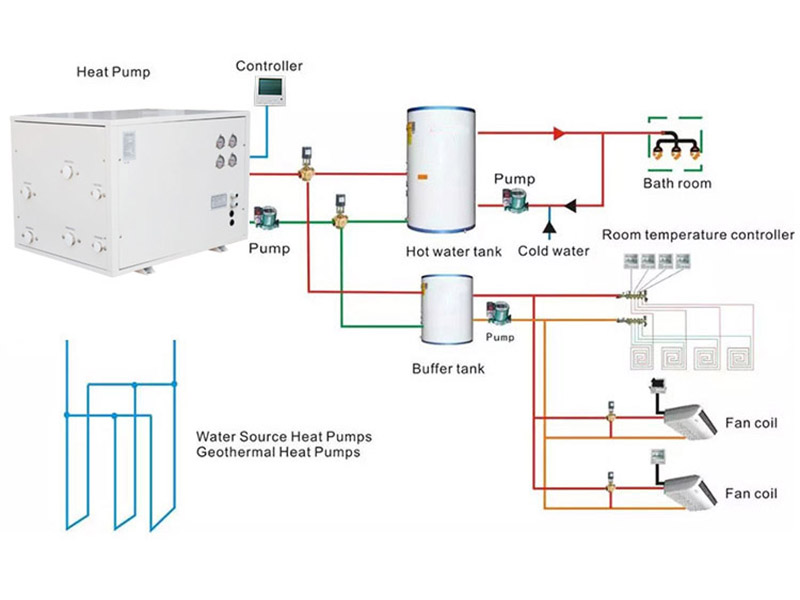





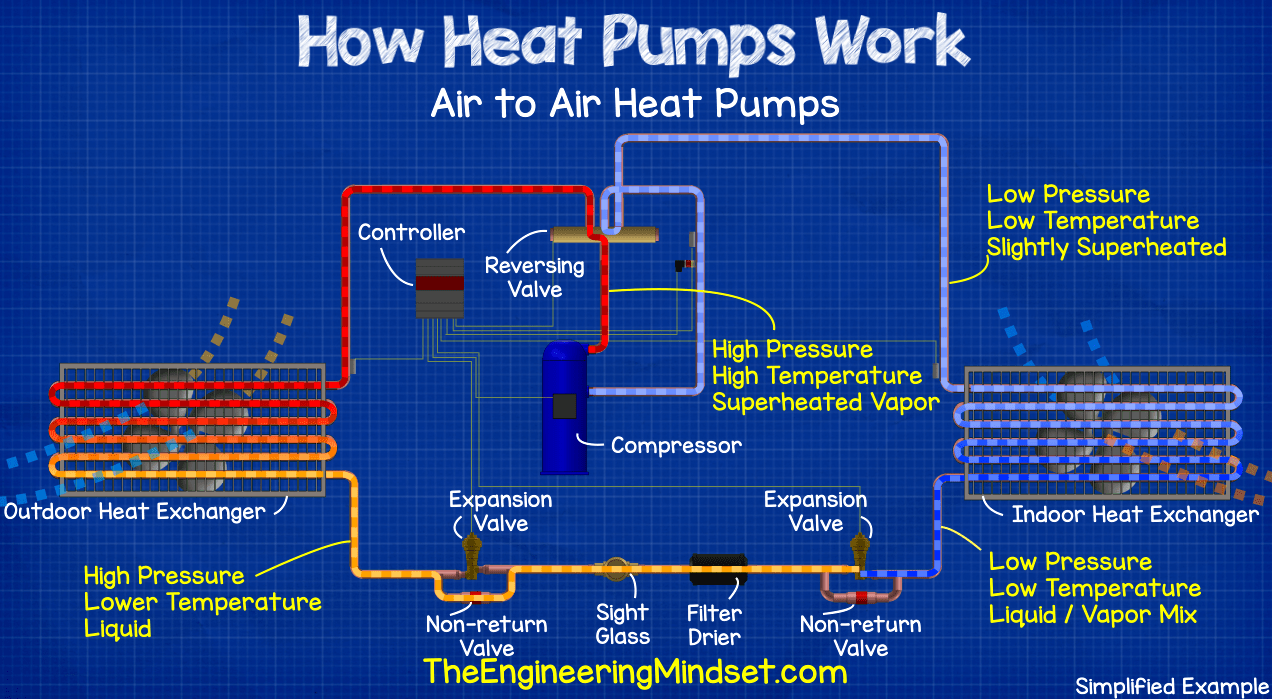

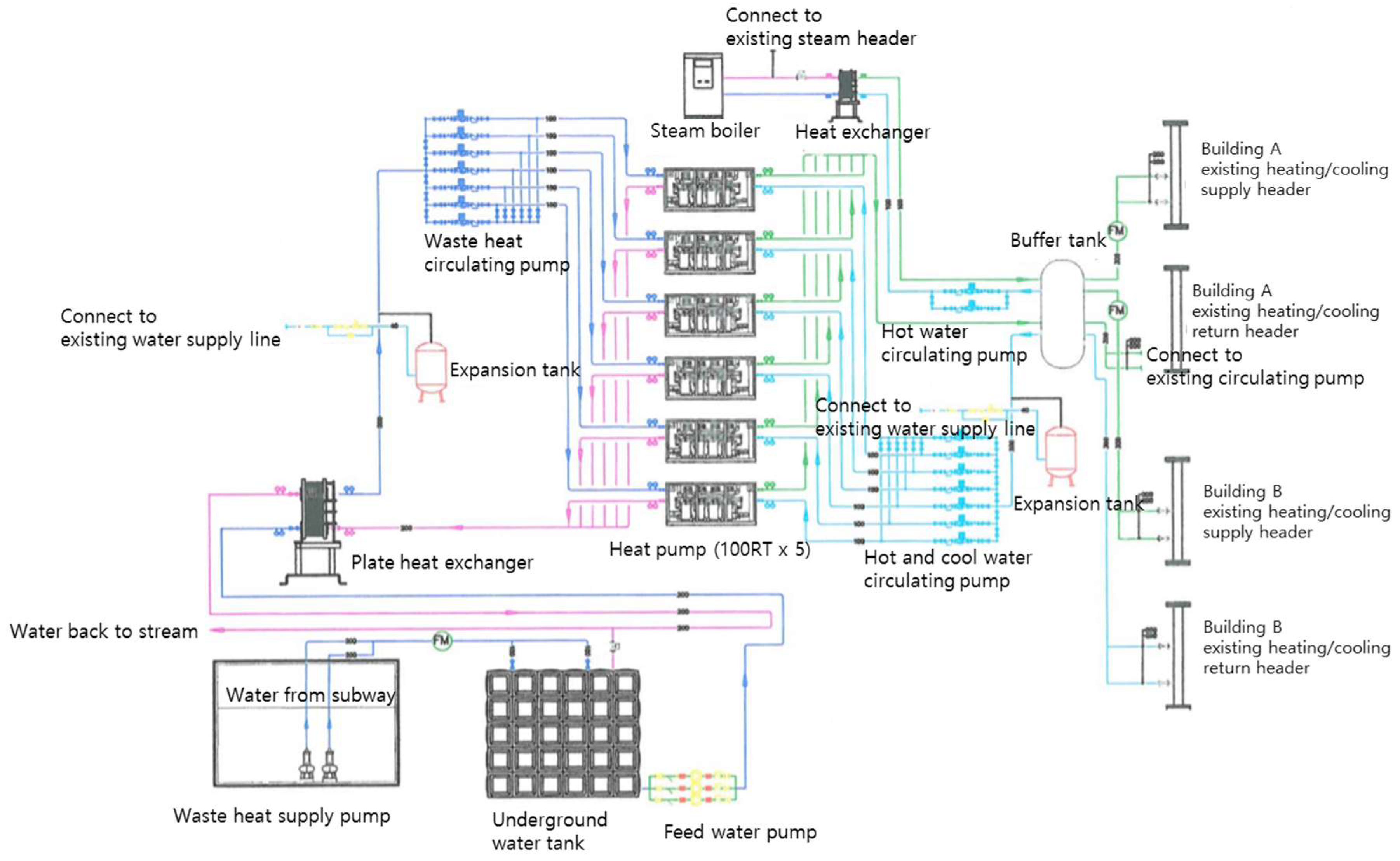

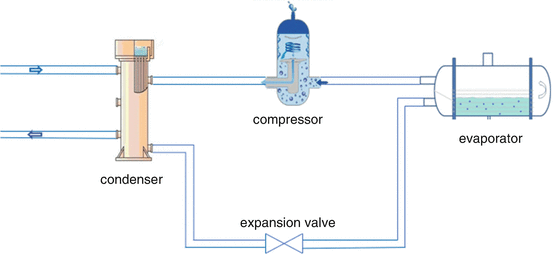
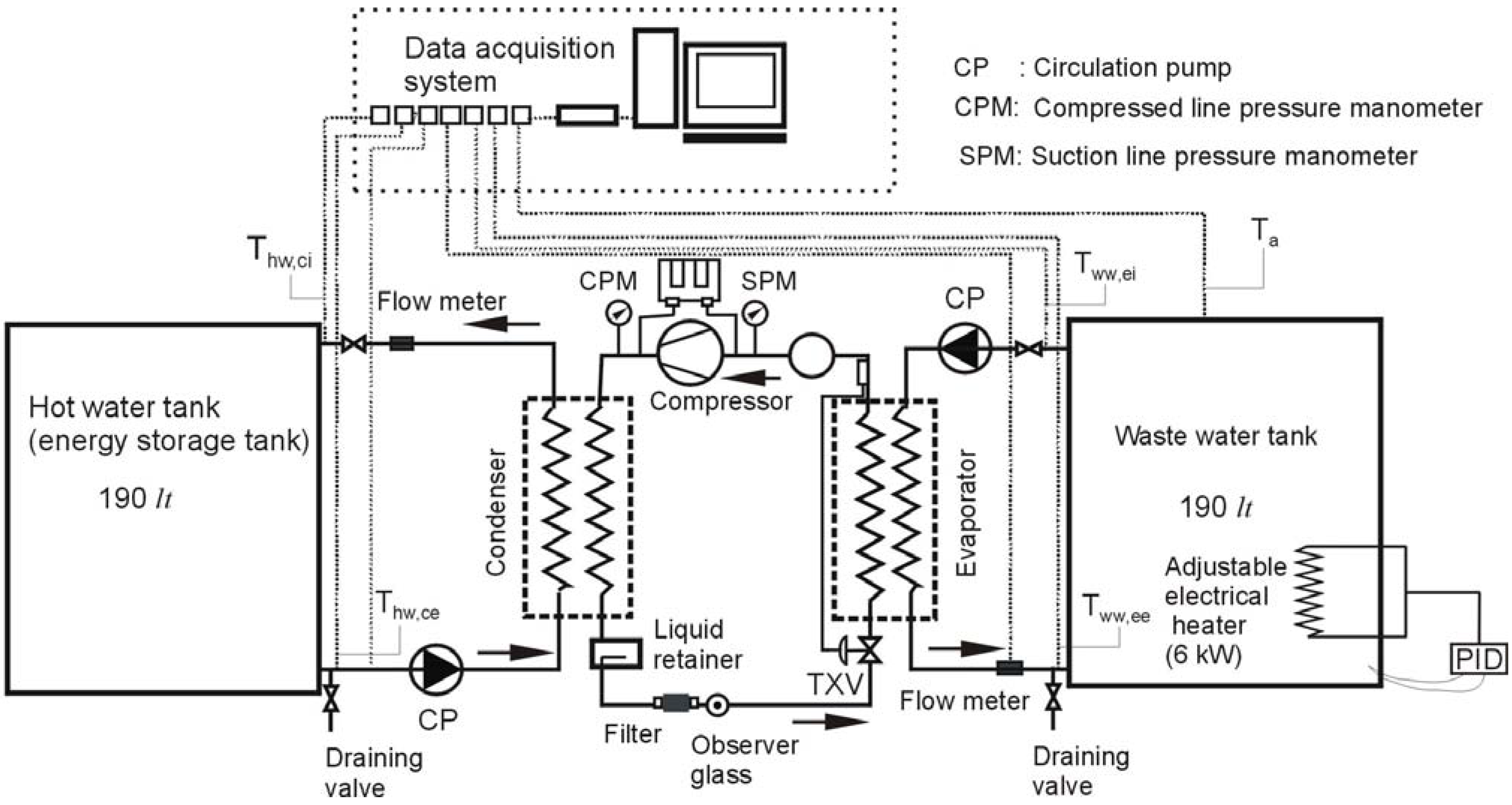


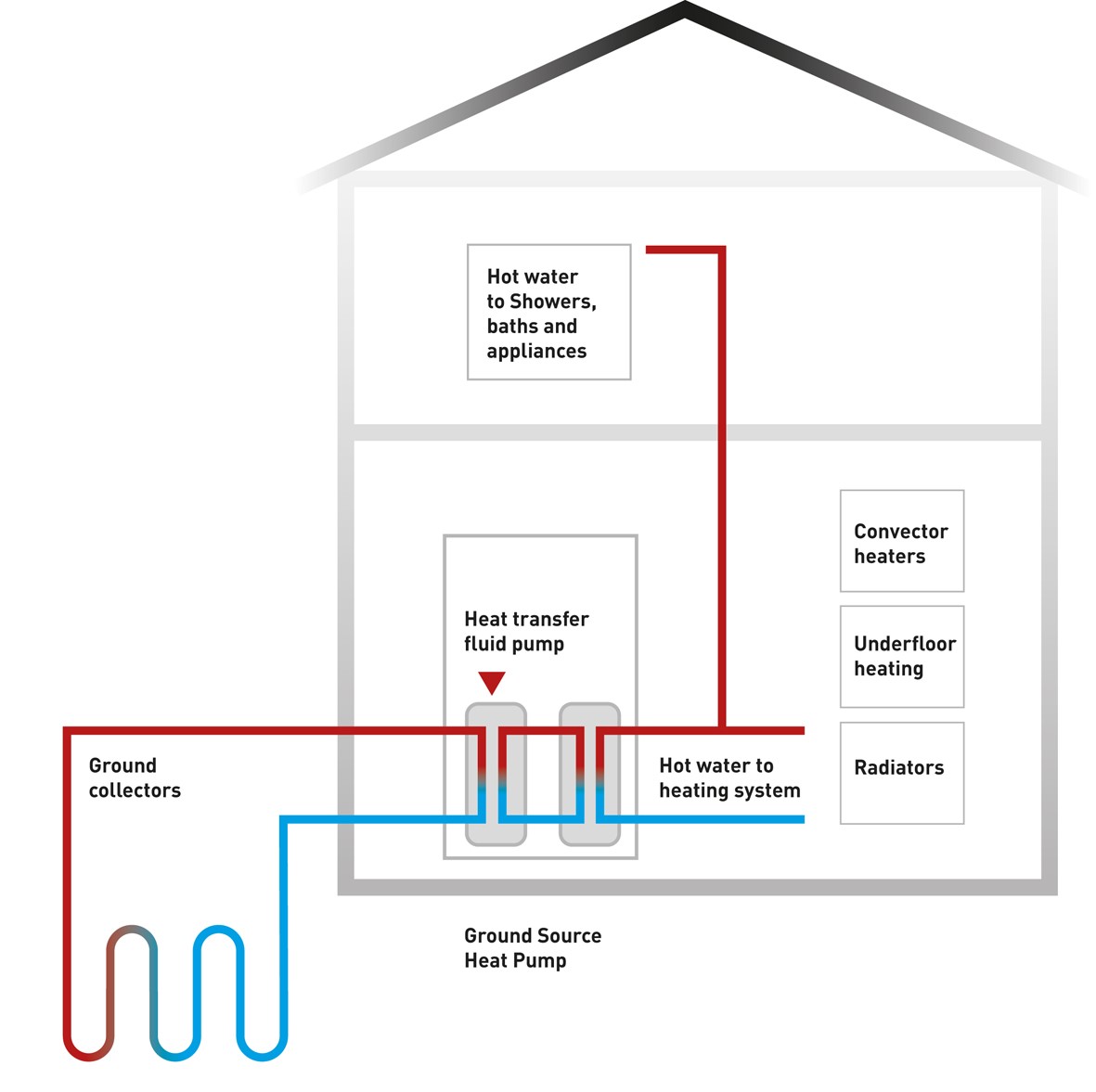


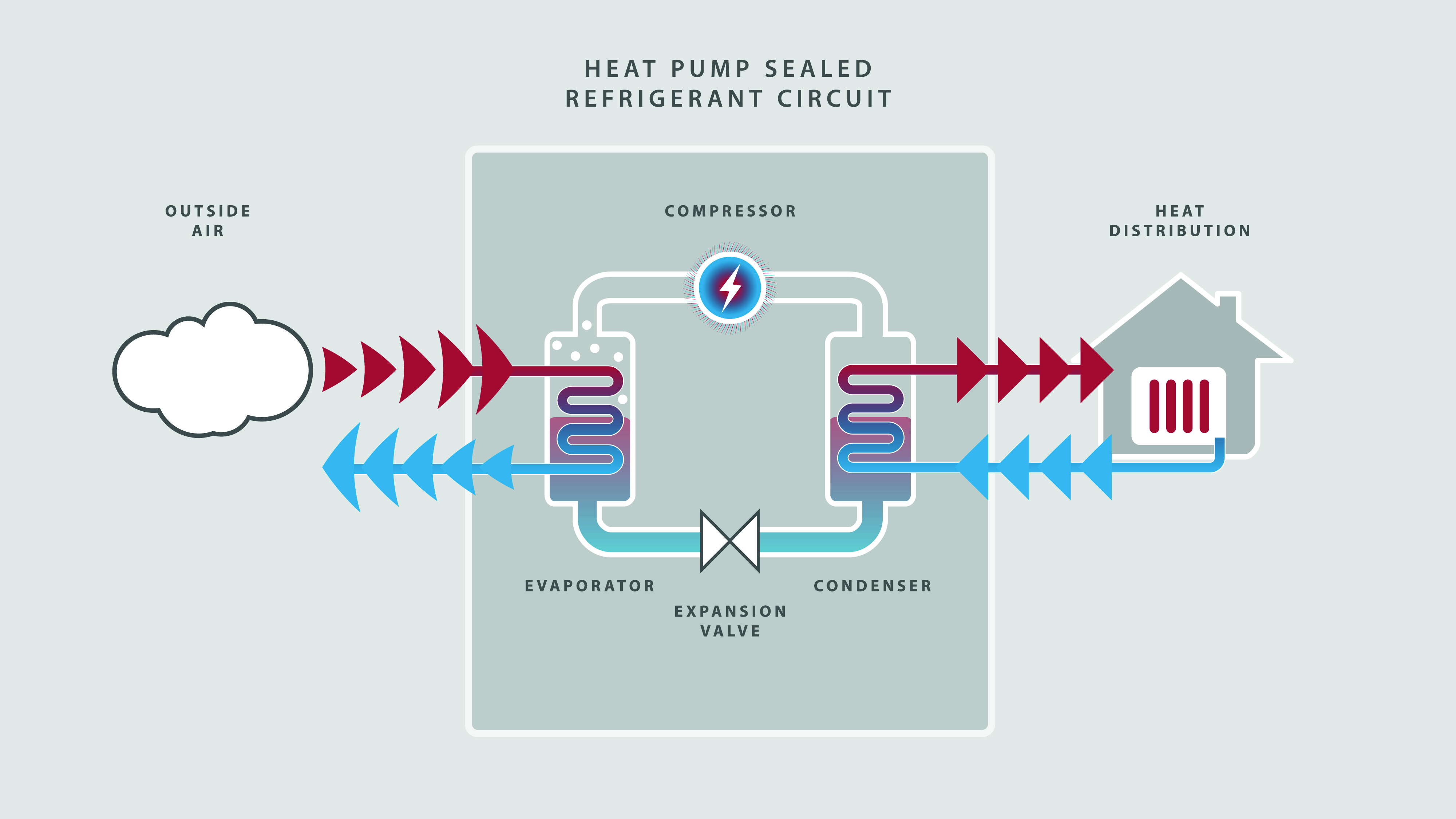

Post a Comment for "Water Source Heat Pump System Diagram"